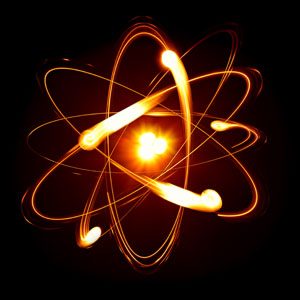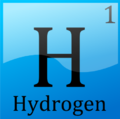The 12th International Workshop on Anomalies in Hydrogen Loaded Metals is taking place in Italy in a few days. The following link http://iscmns.org/work12/program.htm is the provisional schedule of presentations.
The following is from a “Road Map” for Developing Engineering Applications of LENR Technologies,” by I. Goryachev, a retired scientist from the Russian research center “Kurchatov Institute” in Moscow.
The experimental results of the LENR phenomenon now urgently require that practical applications be developed. My presentation demonstrates several important technologies that can be realized in the near future. These technologies go in the following directions:
- Generation of ecologically clean and safe heat
- Generation of ecologically clean and safe electricity
- Complete neutralization of nuclear waste
- Cheap and ecologically clean desalination of seawater
- Neutralization of toxic gases and toxic waste
- Production of precious and rare metals by using cheap starting materials (note by LENR-supported transmutation)
- Production of new special materials and alloys
- Use of LENR radiation for technical and medical applications
The Powerpoint presentation will present 11 different projects:
- A 100 kW water heater unit
- A 5 MW generator for electricity
- A 120 kW full generator for electricity
- A 10 MW power station
- A technological complex for the deactivation of radioactive waste and fillings
- Technology for the economically effective desalination of seawater
- Detoxification of chemical agents
- Facilities for the production of stable isotopes
- Reactor for the production of gold and special alloys
- Equipment for medical applications
Here is the general link to the workshop http://iscmns.org/work12/index.htm.


 Imagine a world with clean and renewable sources of energy. Now imagine the source of this energy is in the air you breathe and in the water your drink.
Imagine a world with clean and renewable sources of energy. Now imagine the source of this energy is in the air you breathe and in the water your drink.